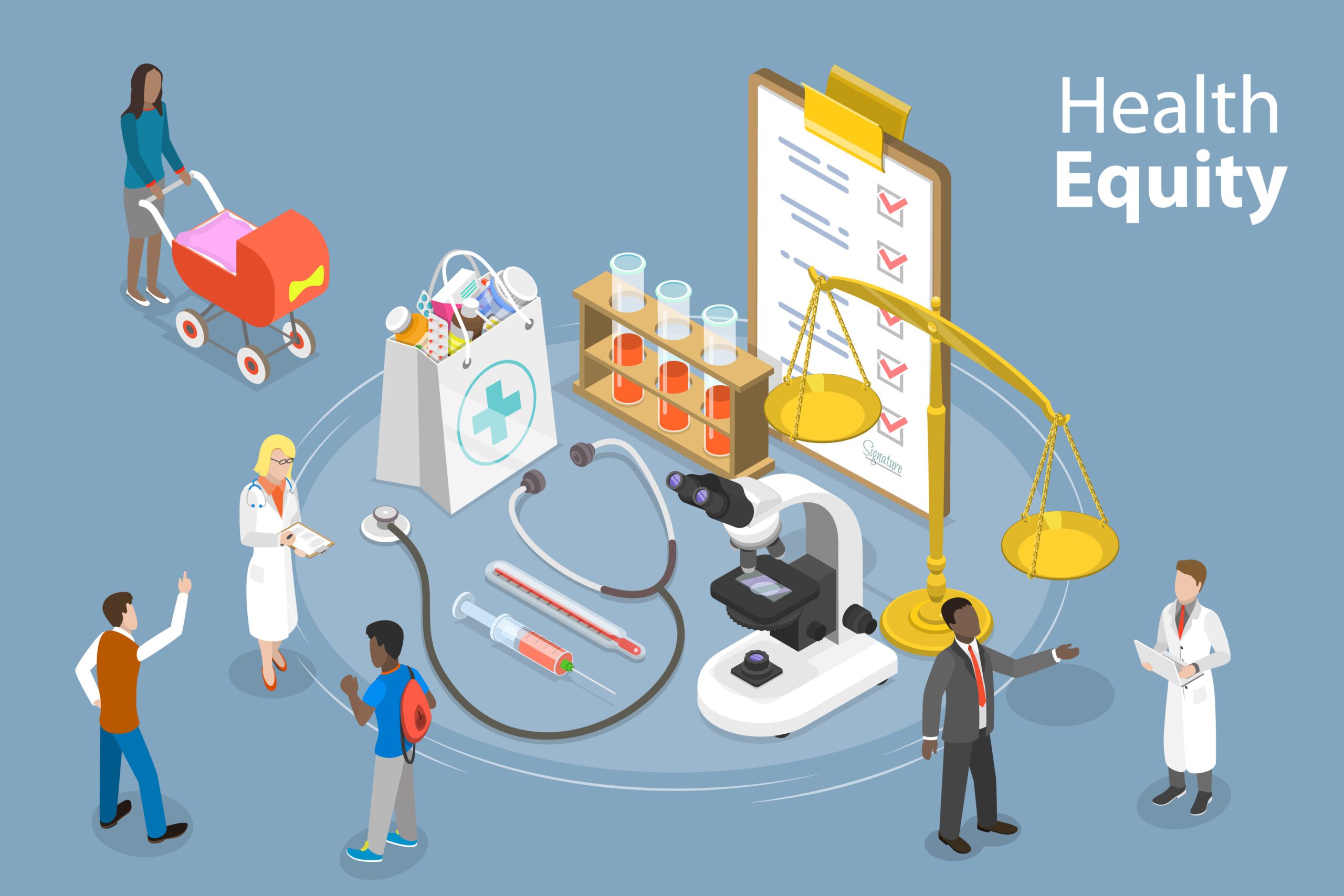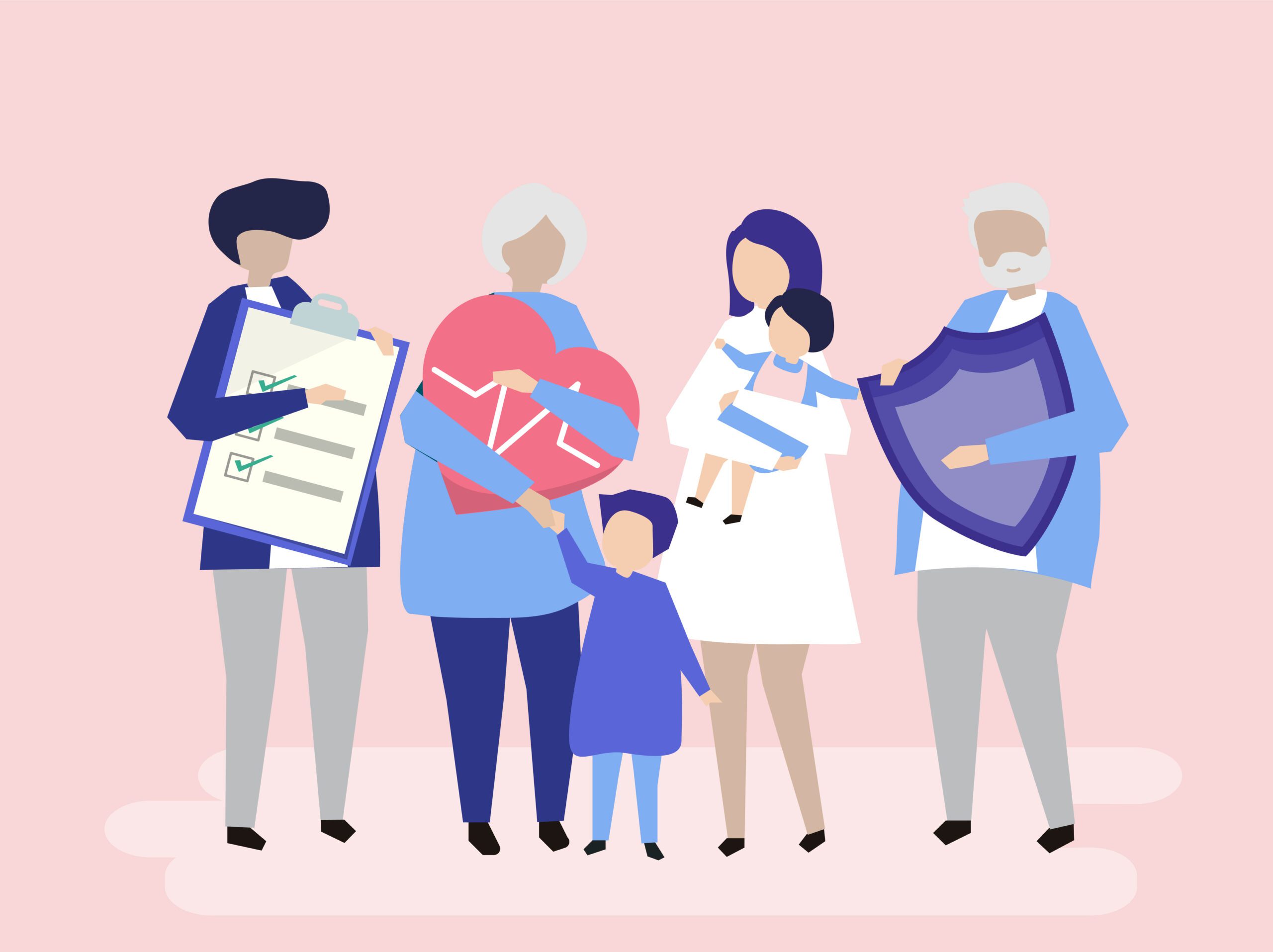The non-profit organization CAQH® has been issuing a steady drumbeat of reports over the years about how much money and time could be saved across the healthcare industry by switching transactions from paper-based to electronic. It’s fascinating to see the progress over the years as the industry transitions, yet despite obvious savings, many think progress is still much too slow. The 2021 CAQH Index is just out in early 2022, reporting that important shifts have taken place in healthcare administrative operations during the pandemic. These are hopeful indicators.
Prior authorization is an area that changed dramatically during the pandemic, as the requirements were mostly suspended or waived during the urgency of providing care to jampacked healthcare facilities. The volume of elective procedures also decreased as consumers shied away, lowering the rate of prior authorizations by 23 percent. Automation of prior authorizations in general also lowered the time providers spend on this process. Overall automation of prior authorizations has increased from 21 to 26 percent, lowering the cost to the system by 11 percent to $686 million.
Prior authorizations help providers and health plan members stay within the rules and criteria governing their plans. They ensure that providers operate within the most up-to-date and respected clinical decision-making criteria. But they do create payer-provider friction that can ultimately filter down to health plan members in some form.
Last year, the GuidingCare business unit of HealthEdge worked with a valued customer, Priority Health, to develop an automated prior authorization process under a unique set of circumstances. Priority is part of the Spectrum Health System, which means that the GuidingCare® implementation team was able to solicit the direct and specific input of Spectrum physicians as to what would be most helpful in a portal for prior authorization. The teams worked together to create a provider-friendly solution that dramatically reduced the time spent on prior authorizations. The portal allows providers to receive authorizations in a matter of moments, allowing more complex requests to be routed quickly for review of medical necessity. One-click messaging offers document and image upload on both ends. With 80 percent of requests being approved at some point, valuable data is being generated about which prior authorizations could be eliminated altogether.
The power of automation and data are changing the landscape. Payers and providers both need to jump on board and help CAQH turn out an even more encouraging reports in the future.
Learn more about GuidingCare here.







